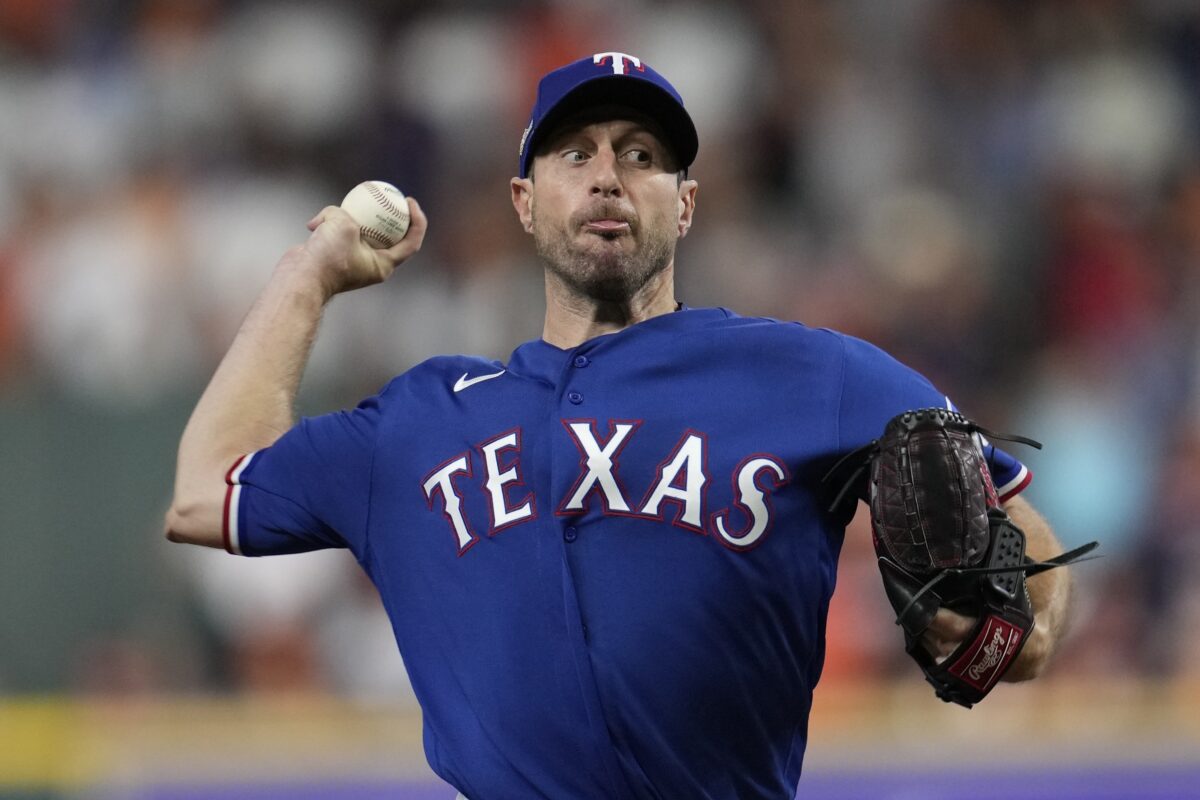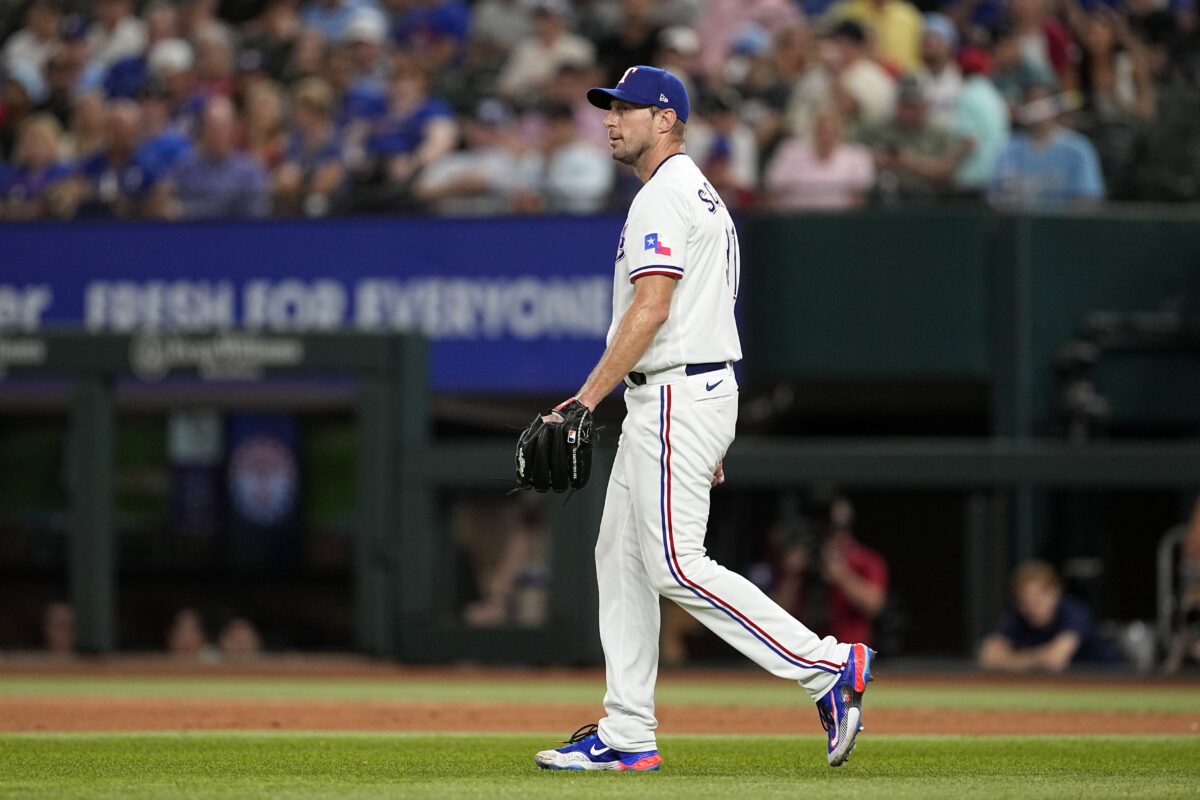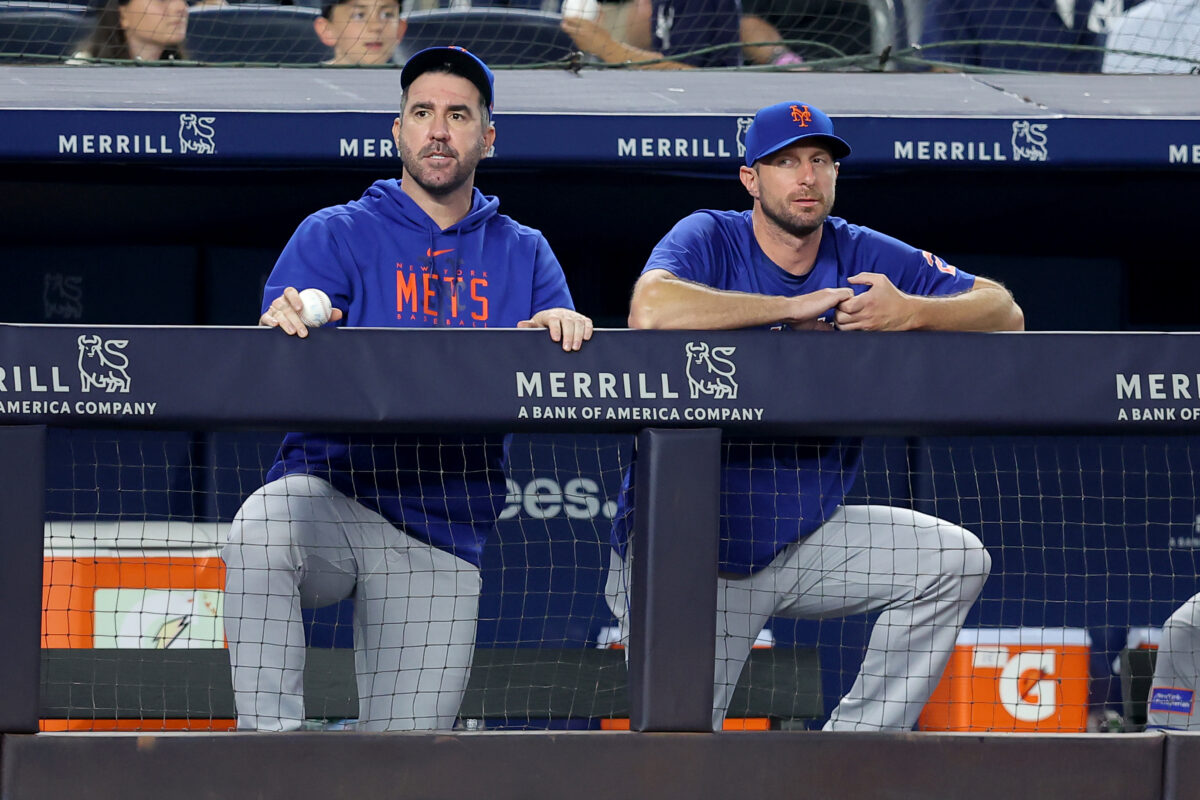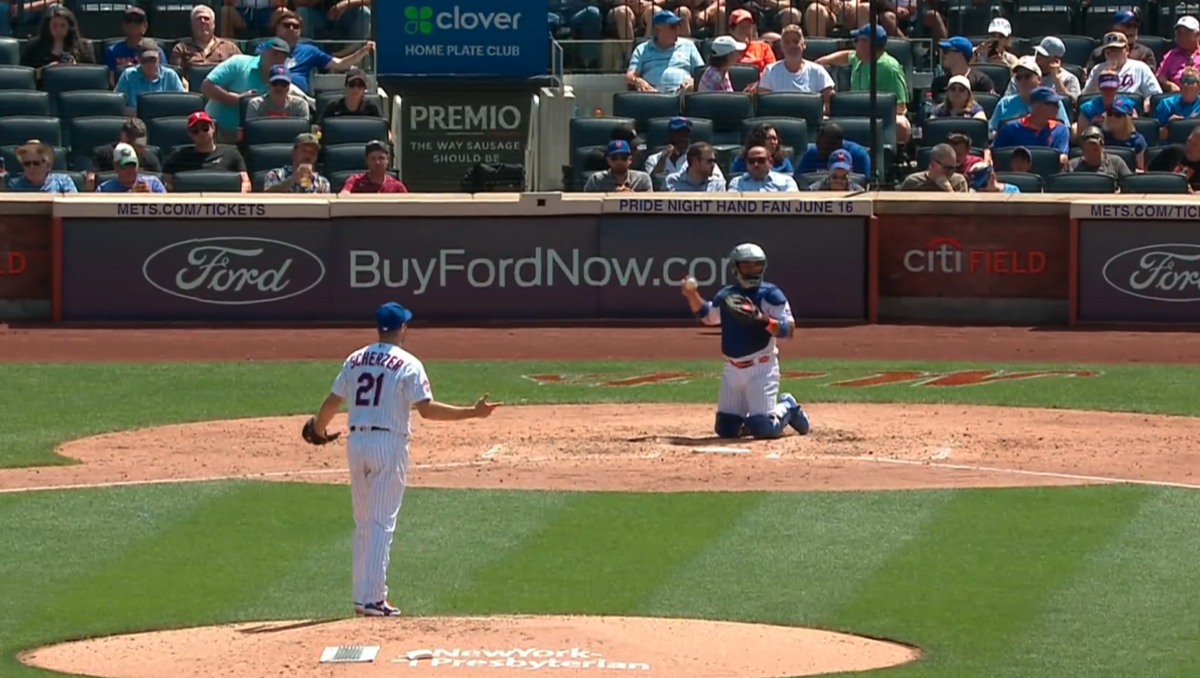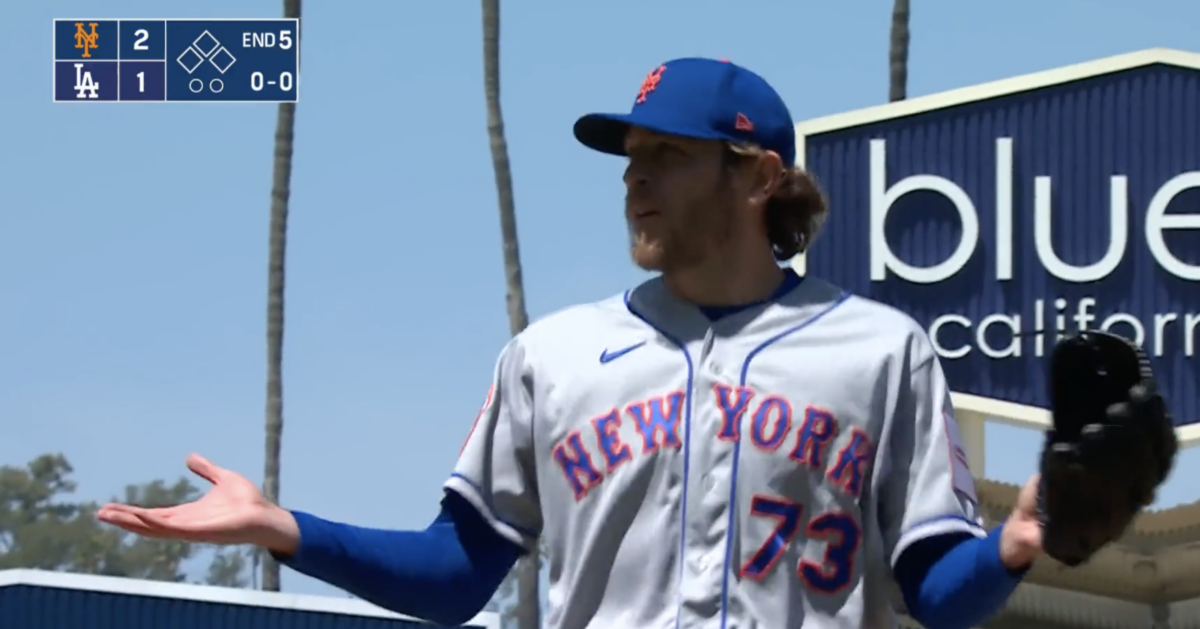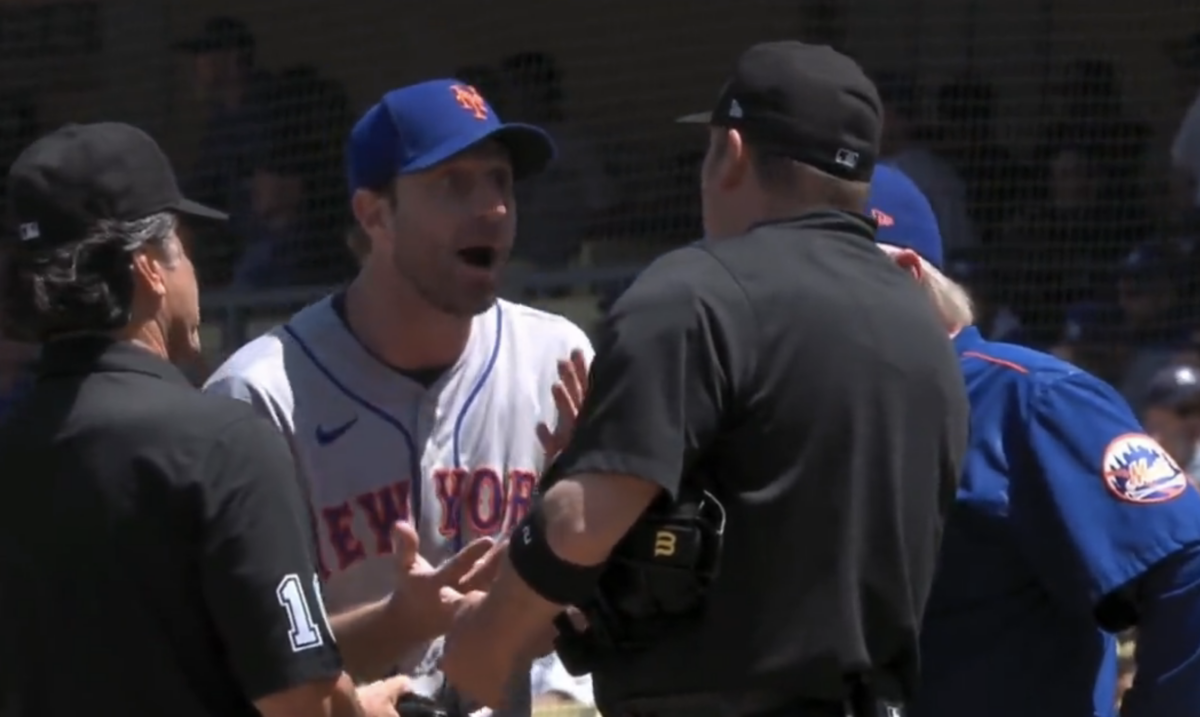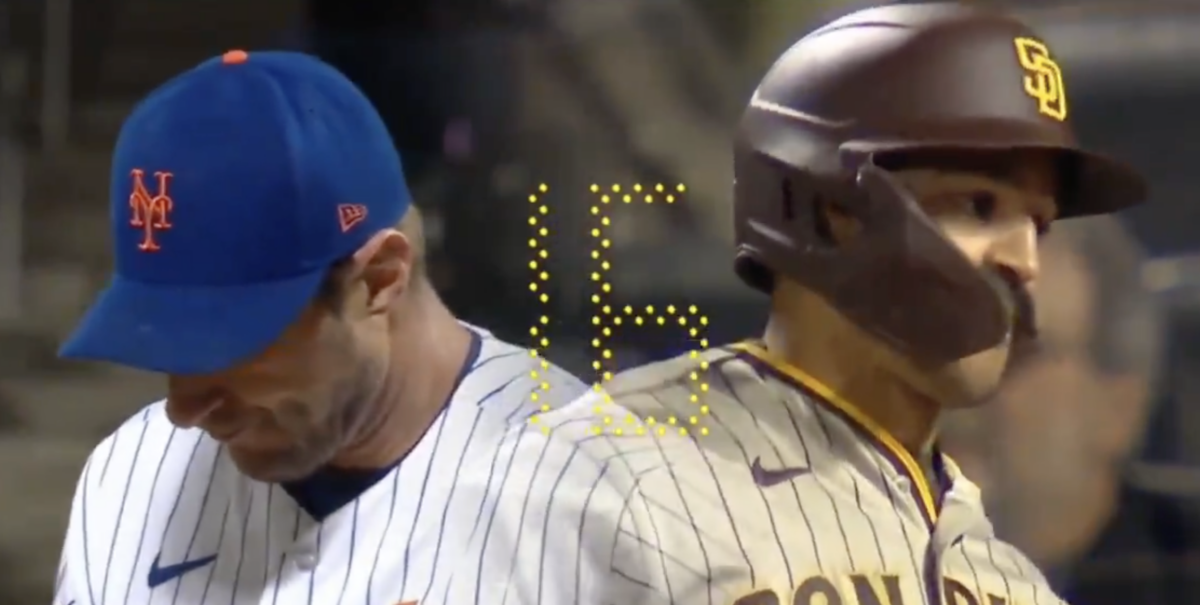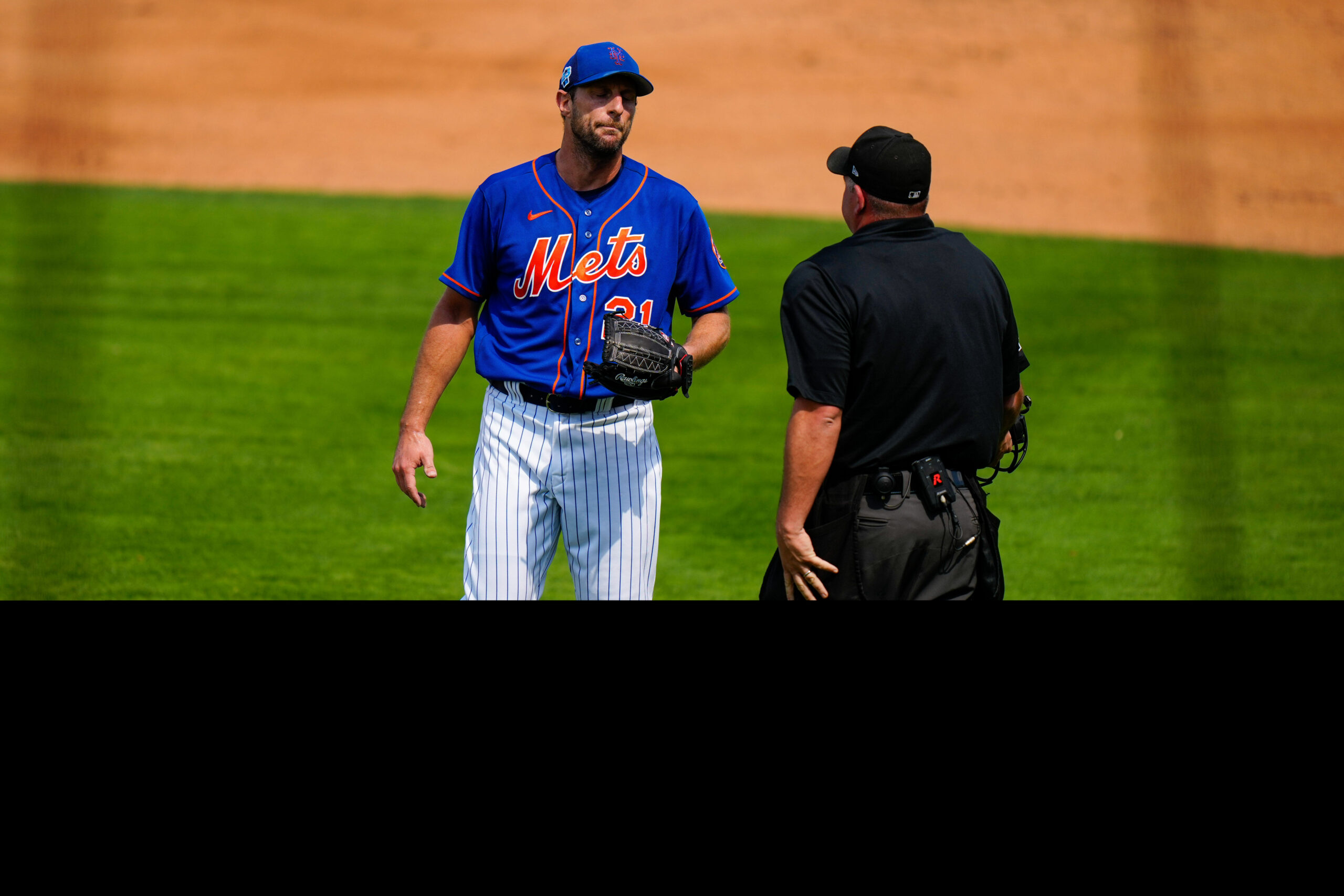This was far better than when the Mets got Noah Syndergaard and Zack Wheeler for R.A. Dickey and Carlos Beltran.
It is a bitter pill to swallow when a front office effectively decides that the season is a lost cause, but the Mets played this one perfectly.
Although they were a popular preseason pick to win the World Series, this team never materialized into anything other than a middling mess. It wasn’t going anywhere and they were a $350 million disaster.
The Mets (50-55) had a losing record heading into the MLB trade deadline and it was time to pull the plug. Despite winning over 100 games last season and then making flashy moves like signing Justin Verlander, this was a team simply not succeeding on the field.
So ownership and the front office decided to effectively throw in the towel for the remainder of this failed season. The odds are strong that they may effectively punt on next year, too, unless that was just lip service to get Max Scherzer to waive his no-trade clause.
For what it is worth: Mets star Francisco Lindor says he is still convinced that the Mets are positioning themselves as a winning franchise. They just, as planned, improved their farm system in the process.
New York is assuredly one of the suitors for superstar Shohei Ohtani in free agency. The AL MVP frontrunner is apparently getting recruited by Mets pitcher Kodai Senga and recently posed for a photo with Mets legend Dwight Gooden.
But in the meanwhile, the Mets opted to cash in their veteran arms and received some young talent in return. Remember when New York traded a veteran Carlos Beltran for the promising Zack Wheeler in July 2011 or the aging R.A. Dickey for Noah Syndergaard and Travis d’Arnaud in December 2012?
This feels like history repeating itself but with far more magnitude.
Scherzer (39 years old), Verlander (40) and reliever David Robertson (38) were all moved before the deadline. Mark Canha (34) and Tommy Pham (35) were traded from New York. That sounds like a bad thing, especially after so much money was spent to acquire these big names.
But many of these players were potentially on their way out soon, anyway.
The Mets received notable names including infielder Luisangel Acuña (21 years old), outfielder Drew Gilbert (22), outfielder Ryan Clifford (20), infielder Marco Vargas (18), catcher Ronald Hernandez (19), pitcher Justin Jarvis (23) and infielder Jeremy Rodriguez (17) in return.
It was a “years-long rebuild over the course of a week” for the Mets, as noted by Anthony DiComo.
Acuña, Gilbert, Clifford and Vargas immediately become some of the most notable names in the New York farm system. All four were considered top-101 prospects by Baseball Prospectus. Gilbert was a collegiate teammate of Blade Tidwell, a top pitching prospect for the Mets, at Tennessee.
MLB.com projects Acuña and Jarvis should arrive in the majors by next season. Gilbert (2024-25) and Clifford (2026) are not terribly far off on the timeline, either.
If even one or two of these players develop the way that the Mets saw from Wheeler and Syndergaard, this would be a tremendous return.
As the Mets retool with a more youthful roster, meanwhile, fans should probably expect to see more playing time for those already within their farm systems (e.g. infielder Ronny Mauricio as well as pitchers Coleman Crow, José Butto and Grant Hartwig).
This season wasn’t ideal for the Mets but they dramatically improved their middle-of-the-road farm system without surrendering core players like Francisco Lindor (29 years old), Pete Alonso (28), Brett Baty (23), Francisco Alvarez (21) as well as veterans like Brandon Nimmo and Jeff McNeil.
Soon, the Mets may have a top-tier farm system. Already, via FanGraphs, they have more hitting prospects (five) with an overall Future Value grade of at least 50 than any other organization in the MLB.
While their long-term pitching plans are still suspect outside of Senga, this was a massive win to add so much young talent to a roster that is still mostly intact.
Now, they can replenish their rotation in free agency (even if they do miss out on Ohtani), add reliever Edwin Diaz back once he recovers from his injury, or use some of these young players to acquire the next star to hit the trade block.
That is a much better scenario than finishing the season with a losing record and a few players past their prime.
[lawrence-related id=2088956,2084978,2084659,2084591]
